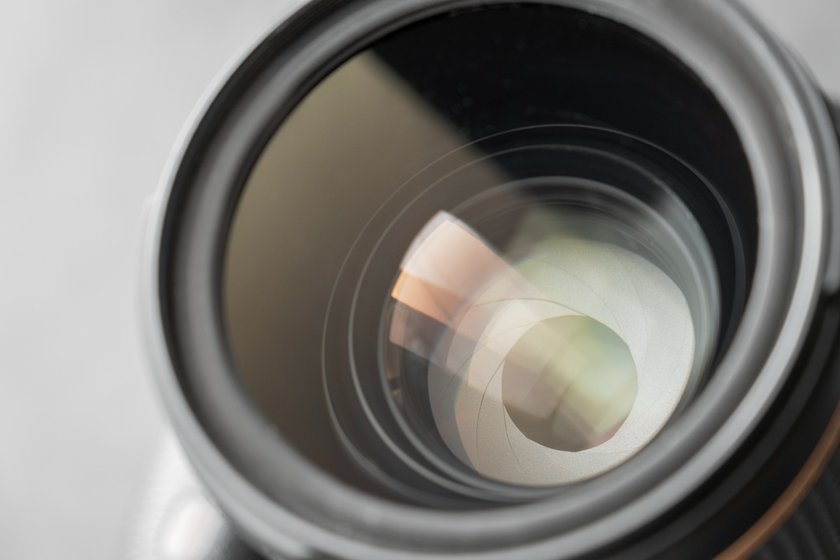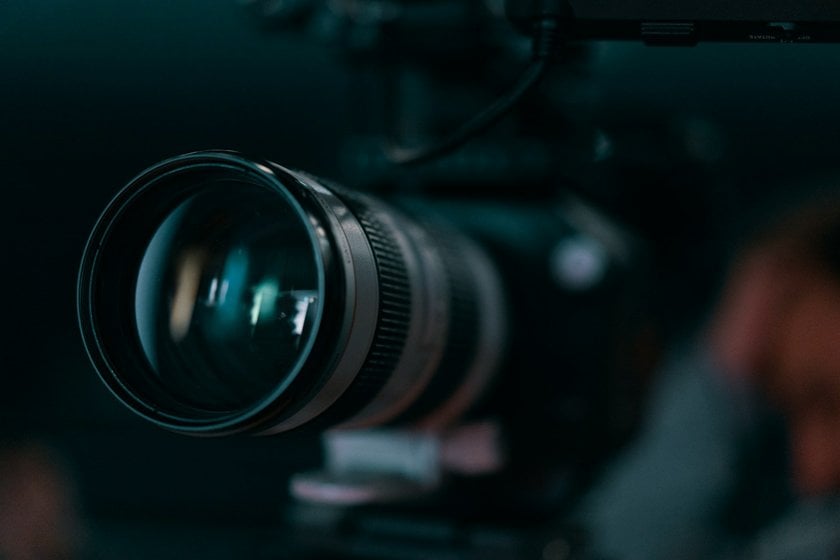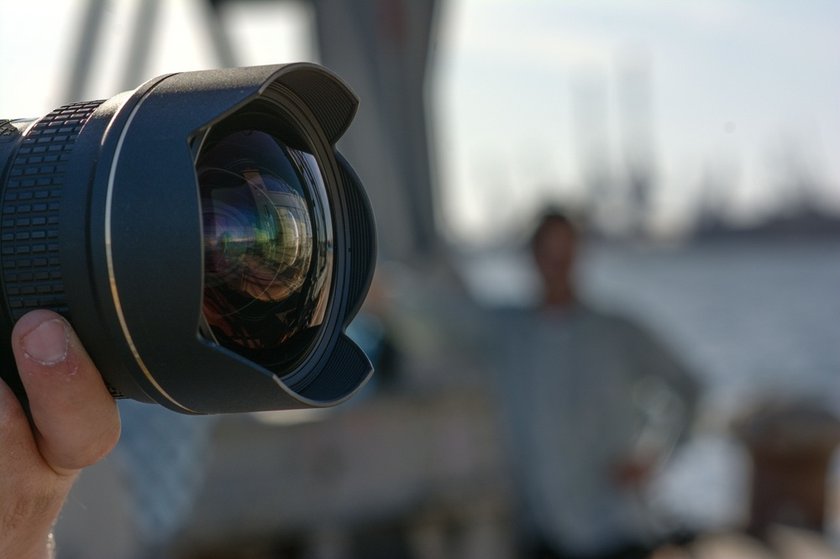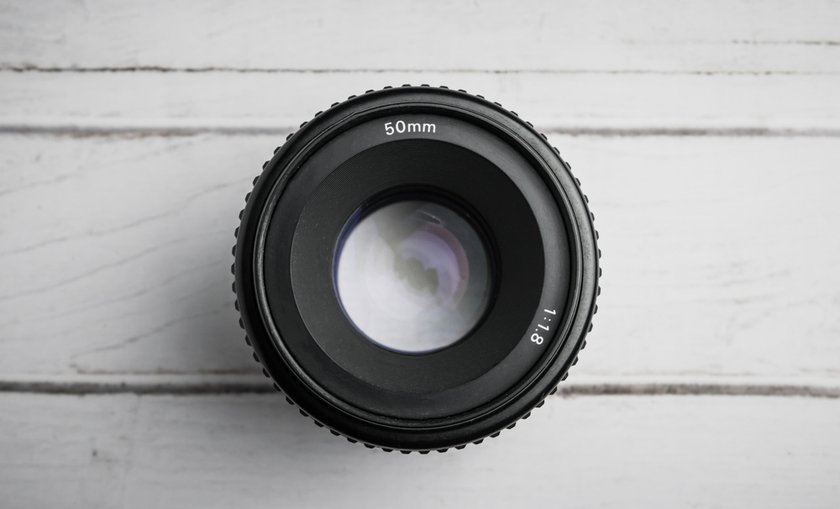Once you have selected a proper camera to satisfy your creative needs, it is time to take the next step into the delightful world of photography equipment. A lens is an eye through which a photographer can see the world's beauty and transmit this beauty to the audience through art. So, choosing the right lens is pivotal for high-quality shots.
The lens selection journey usually starts with whether camera lenses are universal. When a photographer discovers that a versatile lens does not exist, they seek a perfect variant in the plethora of lens types. In this scenario, the initial step is to acquaint yourself with the two general classifications of camera lenses: prime lenses and zoom lenses.
In the given article, we focus on the latter, aiming to answer the question: how does a zoom lens work? We also have the importance and the creative role of zoom lenses explained, so let’s get started.
Advanced yet easy-to-use photo editor
GET LUMINAR NEO NOWZoom Lens Photography: Definition

A zoom lens refers to an SLR or DSLR lens, which allows a photographer to adjust a focal length manually, selecting this parameter among the range of available options; meanwhile, in prime lenses, the focal length is fixed and cannot be changed.
What exactly is focal length, and why is its adjustability significant? Focal length is a numerical value expressed in millimeters, indicating the extent of the scene captured in your photograph. A larger focal length value results in a narrower field of view, and conversely, a smaller focal length offers a wider perspective. It's worth noting that the human eye's focal length is approximately 50mm, although it's often measured as 43mm.
It equates to about a 55° field of view. The human eye is like a prime lens, meaning the focal length is fixed. We can change the field of view only by physically moving or refocusing. Still, human brains process images much faster than cameras, so we don’t usually see worse if we are on the move or redirecting our attention from one object to another.
But when it comes to photo shooting, moving the camera or trying to refocus swiftly often leads to blurry pictures with the focus completely lost. These issues can be easily fixed during post-processing with good photo editing software like Luminar Neo. Still, it is always easier to minimize the risk of possible imperfections on your pictures than to edit them out.
The Importance of the Zoom Lens Photography

Zoom lenses are important for photographers because they make it possible to experiment with the distance between the camera and the photo subject to take different types of photos, from close-ups to wide-ranged pictures, without actually moving the camera, so there is no risk of losing focus.
Photographers with prime lenses usually have several, so they can attach and detach them from the camera depending on the focal length they consider appropriate for every particular shot. A zoom lens, in turn, makes the focal length-changing process easier and faster, which is especially convenient for those photography genres that require working on a go.
As a result of shooting with a zoom lens, you will have a high-resolution image without using digital zoom during photo editing. These lenses also make it possible to crop out unwanted objects even before the shot is taken. Once again, a zoom lens saves the time you spend on post-processing.
Types of Zoom Lenses
Zoom lenses are divided into several types according to the focal lengths they can cover. The main types of zoom lenses include:
Wide angle lenses (<35mm): The lenses of this range cover a wider field of view than we can see without using optical devices, giving a wider horizontal image. It is preferable to work with genres of photography that cover a wide scene, for example, landscape, nature, and street photography.

- Mid-range lenses (35-85mm): Similar to the natural focal length of a human eye. It is the most commonly used lens type for the genres where you want the public to see what you see, such as portrait and domestic animal photography.

Telephoto lenses (>85mm): Similarly to telescopes, these lenses make it possible to see a distant object in detail without moving toward it, so they are a perfect option for those genres of photography where getting close to things is physically impossible or potentially dangerous: wildlife photography, sports photography, astrophotography, etc.

It is necessary to clarify that the range division above is not fixed. It is relative. So you can choose the lenses that cover wide angle and mid-range focal length, mid-range and telephoto focal length, or even all three. The focal length's numerical parameters' relation to the lens type is also not fixed and can vary slightly depending on the lens manufacturers.
Exclusive Tools of Endless Possibilities in One AI Editor
EXPLORE NOW!Bottom Line

In conclusion, the world of photography is intricately tied to the lenses through which a photographer captures the beauty of their surroundings. Selecting the right lens is critical in ensuring high-quality, captivating images. As explored in this article, zoom lenses are versatile, allowing photographers to adjust focal lengths within a given range.
Unlike prime lenses with fixed focal lengths, zoom lenses allow for dynamic alterations in focal length, enabling photographers to adapt swiftly without physically moving the camera. This flexibility is invaluable, offering a spectrum of creative possibilities, from wide-angle shots to detailed close-ups, without sacrificing image quality or risking focus loss.
The significance of zoom lenses extends beyond mere convenience. They streamline the photographic process, minimizing the need for excessive post-processing by providing high-resolution images and the capability to crop unwanted elements before the shutter clicks. It saves time and ensures a more efficient workflow for photographers across various genres.
Moreover, zoom lenses come in different categories based on their focal length ranges: wide-angle, mid-range, and telephoto lenses. Each type caters to specific photographic needs, whether capturing vast landscapes, replicating the human eye's perspective, or zooming in on distant subjects with utmost clarity.
Zoom lenses empower photographers to explore diverse perspectives, seize fleeting moments, and transcend physical limitations. They serve as indispensable tools in the pursuit of visual storytelling, offering the flexibility and precision required to transform fleeting moments into timeless imagery.




